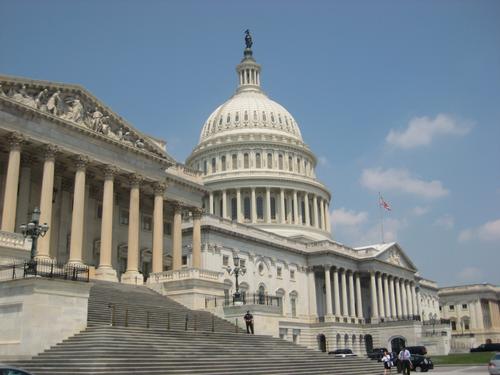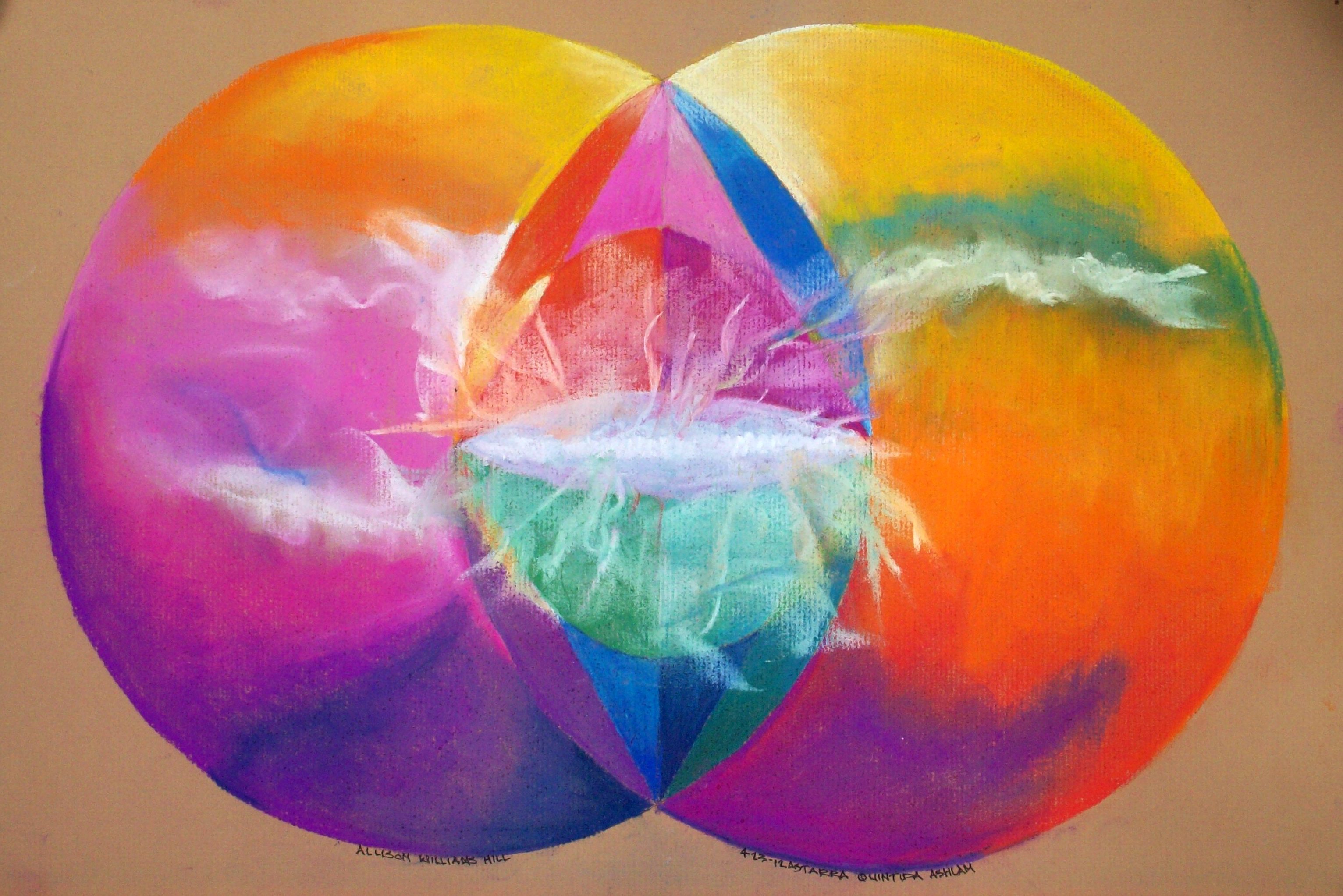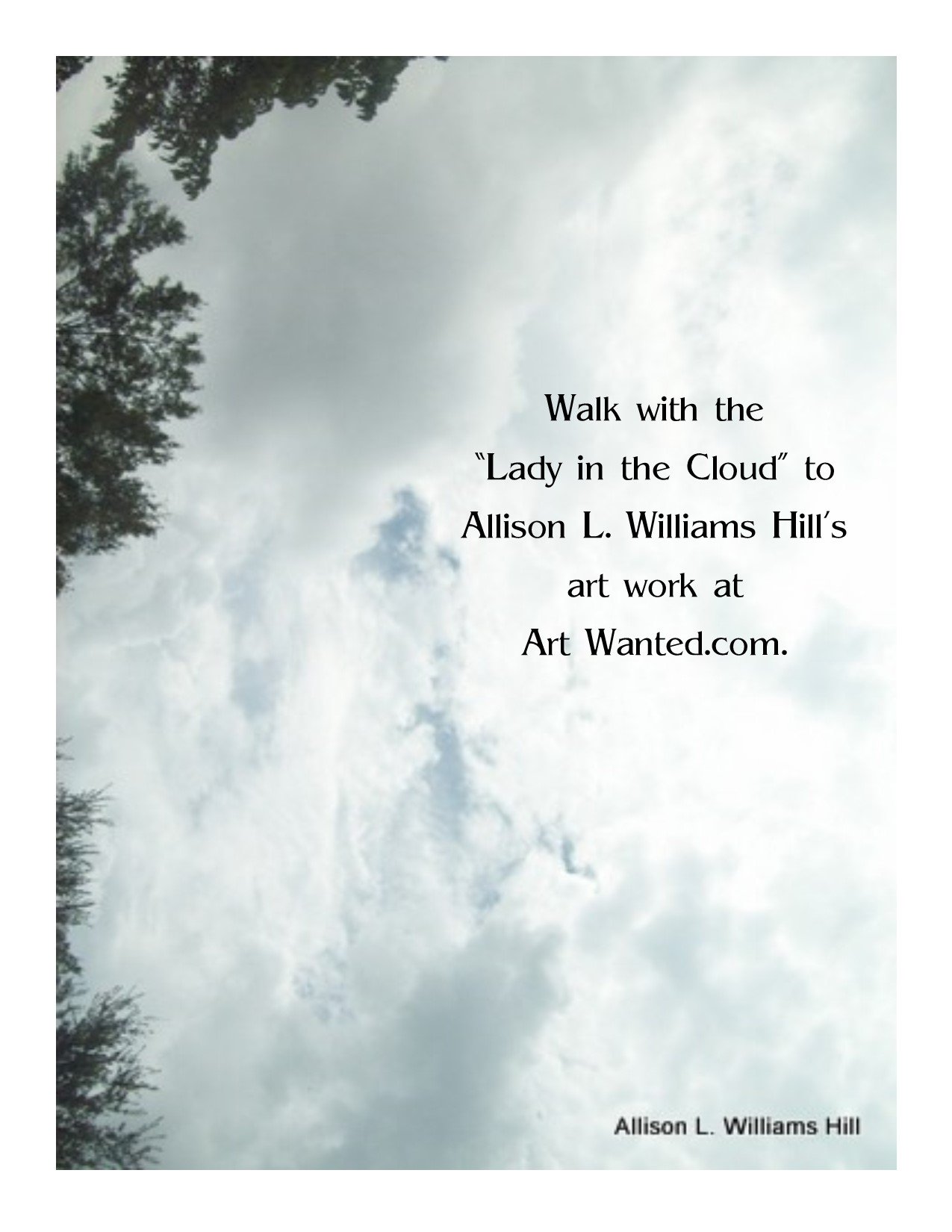US Capitol Building
and Slavery

.S. Capitol Building
East Capitol St NE & First St SE
Washington, DC 20004

In 2012, Congress unveiled an historic marker that commemorated the slave labor that went into the construction of the capitol. The area where the legislative center of the U.S. sits was previously known as Jenkins Hill, a heavily forested area that required extensive landscaping, as well as trench digging for the foundation, from slaves, all before George Washington laid the cornerstone in 1793. According to Fred Beuttler, a Historian for the House of Representatives, one of the building’s most iconic symbols, the brass Statue of Freedom, was in part, fashioned through the efforts of a Philip Reid (1820-1892) a former slave.

In 1863, after the Emancipation Proclamation had been delivered, Reid helped work with the plaster model delivered by sculptor Thomas Crawford, and forged Crawford’s model. In addition, according to Beuttler, some of the sandstone in the old east front of the building contains the names of slave laborers who had cut the stone.
Mr. BEUTTLER: The east front of the Capitol. Mr. Obama will be inaugurated on the west front of the Capitol. But before 1981, all the inaugurations were here on the east front.
MARTIN: So what role exactly did slaves have - or enslaved Americans, as we now like to say - have in the building of the Capitol?
Mr. BEUTTLER: It probably started even before the building. When the site was chosen up here, it was called Jenkins Hill. And it was heavily forested, and so you had slaves cutting down trees, landscaping the area, and digging some of the trenches for the foundation. So even before the building had started, you had enslaved peoples working on the Capitol area. In 1793, George Washington lays the cornerstone, and construction starts almost immediately thereafter.
MARTIN: I think probably one of the more identifiable features of the Capitol, in addition to the dome, of course, that many people will think of when they think of the Capitol is the Statue of Freedom. If you would just tell us what it looks like for a minute for people who don't remember what it looks like.
Mr. BEUTTLER: OK. Well, it's about 19 feet tall. It's a dark bronze with a dark patina on it of a woman with a headdress - kind of a Roman headdress with an eagle on the top, with a shield and a sword and a cloak sort of thrown over her left shoulder.
MARTIN: And does Freedom have a connection to the story of African-Americans?
Mr. BEUTTLER: That's one of the most exciting stories in the history of the Capitol because what you have is an American sculptor, Thomas Crawford, who was there over in France was given the commission. And he made a plaster model and then shipped it over to the United States. Well, no one was able to take apart the plaster model in order to forge the bronze statue except for one man by the name of Philip Reid.
He was an enslaved African-American owned by Clark Mills of South Carolina. And that Statue of Freedom was actually raised up on December 2nd, 1863 into the top of the dome. And what's exciting is that Philip Reid was actually, by that point, a free man because in April of 1862 - April 16th is when the D.C. Emancipation Bill passed. And so Philip Reid, the slave who actually forges the Statue of Freedom, by the time it becomes to the top of this Capitol dome, he's a free man.

Grow by Allison L. Williams Hill
MARTIN: That is a great story. And I - you do wonder, is there any
written record of his feelings about all this? I mean, a man working on
the Statue of Freedom who was himself not free, at least at the time he
began, and then became free. Do we have any sense of how he felt about
that?
Mr. BEUTTLER: Yeah, we don't have any firsthand accounts of
what his feelings were and the irony of an enslaved man forging the
Statue of Freedom.
MARTIN: It's a little chilly out here. Now, I
know you're from Chicago, so you think this is perfectly fine, but I'd
love it if we could go inside now and see if there are any other
landmarks and important places to think about which have a connection to
African-American history. Can we go?
Mr. BEUTTLER: Sure.
MARTIN: All right, let's go.
(Soundbite of footsteps)
MARTIN:
OK. Now, we're inside the Capitol, on the floor just below the rotunda
at the old east front. Tell us about the old east front.
Mr.
BEUTTLER: This is one of the original points of the Capitol. What you
have here is exposed the original sandstone. One the west front, you do
have the original sandstone but it's painted. Here, you can actually -
now every visitor going into the Capitol will actually walk by stone
that was actually cut by slave labor. And we know actually the names of
some of the individuals prior to 1800 that built this. After that, it -
they were just contracted with their masters. But the wage was about $5
per month. That went to the master, not to the slave. But some of the
individuals were able to earn extra money on the weekends.
MARTIN:
So we are looking at these cut stones, and I can look at these stones
and know that enslaved Americans cut these with their own hands. And we
know some of their names.
Mr. BEUTTLER: Mm hmm.
MARTIN: That's amazing...
Mr.
BEUTTLER: And sandstone was reasonably easy to cut. I mean, it's
arduous but it's really reasonably easy. But when you get into places
like Statuary Hall and the old Senate Chamber, there you've got marble
columns, and the enormous amount of work it took to cut sandstone is
more like triple the cutting of the marble but also the polishing of
that stone. You can imagine the amount of effort and labor that went in
day after day, all seasons of the year because slaves lived around the
Capitol here in small shacks as they were rented out to build this -
what is called a Temple of Freedom.
MARTIN: And now we're going to head to the rotunda? OK. Let's go. Thank you.
(Soundbite of footsteps)
MARTIN:
So now we're in the Capitol rotunda, which is the place in the building
that's underneath the big dome that everybody sees, and it's a very
popular destination. In fact, what you can hear going on behind us is
there not one but two tours going on as we speak. Fred, why don't you
just describe it for people who've never been here?
Mr. BEUTTLER:
This is the central ceremonial space in the Capitol. It's a shared
space with House and Senate and a lot of the - the kind of national
honor ceremonies are here. This is where Rosa Parks, for example, about
three years ago, lie in honor after her death in 2005.
MARTIN: I
mean, this place is just filled with history. I mean, we passed statues
of many many notables, and I see in the corner a statue of Martin Luther
King, Jr. But it's my understanding that there was not a statue of any
African-Americans here for quite sometime.
Mr. BEUTTLER: Well,
this is the only statue of an African-American in the entirety of the
Capitol. Congress, during the Civil War, decided to create what they
called National Statuary Hall and invite each state to submit two
statues. But no state had chosen, up to this point, an African-American.
And Congress realized that the problem with that - and I want to tell
you another story about how this rotunda works, too. But in 1982,
Congress commissioned, actually, a contest for a statue to honor Martin
Luther King. And finally, on his birthday in 1986, the statue was
unveiled just about the same time, couple of days before the first
Martin Luther King holiday.

Alien Friends by Allison L. Williams Hill
MARTIN: Oh, wow. Great.
Mr. BEUTTLER: So that was done by an act of Congress.
MARTIN: OK. Tell me a little bit about some of the paintings along the wall.
Mr.
BEUTTLER: One of the things in the rotunda, you have eight large
paintings memorializing important events in - from the Declaration of
Independence all the way up to Washington. But there's no painting of an
African-American at all in the rotunda. If you look above, there is -
the top portion of the dome is the apotheosis of Washington - Washington
is sort of being raised up in the heaven, and that was done by
Constantino Brumidi. After that, he starts painting the American history
frieze that goes all the way around the inside of the Capitol, and it
starts in the center, and the first image is of Columbus discovering
America. Then it goes all the way around with significant events in
American history, like, for example, William Penn's treaty with the
Indians. But then, we really...
MARTIN: But there's no acknowledgment of slavery.
Mr. BEUTTLER: But there's no acknowledgment...
MARTIN: There's no acknowledgment of the institution of slavery...
Mr. BEUTTLER: At all.
MARTIN:
Remarkable, given the fact that even as this building was being raised,
enslaved people were doing it. So they were disappeared from the very
project that they laid their hands on.
Mr. BEUTTLER: And so you
have the whole rotunda built by slaves from the floor all the way to the
top. But there's no recognition of African-Americans at all. And the
story with Brumidi, as he does his history frieze, he actually ran out
of images, and he stopped before he was finished. He left about 31 feet
that's open. And so what do you put there? This becomes a very important
political question because the next major event is going to be how do
you portray the Civil War?
And Congress went back and forth, and
there was even an image up there temporarily of Lincoln presenting the
Emancipation Proclamation to his Cabinet. But if you look up there, it's
not there anymore. Instead, what you see is an image done in the 1950s
which portrays the Civil war as the shaking of hands between a northern
soldier and a southern soldier.
MARTIN: Where is it?
Mr. BEUTTLER: It's right up - actually, towards the southwest.
MARTIN: There's nobody of color. There's no black people in it. Those are all white people.
Mr.
BEUTTLER: Right. Those are all white people. And so, the most important
event in American history - emancipation, freedom - is not portrayed on
the history paintings in the entirety of the Capitol or entirety of the
Capitol rotunda. And Congress realized that, and that's why they
commissioned the statue for Martin Luther King...
MARTIN: Wow...
Mr.
BEUTTLER: But there are other things that they have done in order to
memorialize it. And that actually became a political controversy a
couple of years ago in the 110th Congress. And two congressmen - one a
northerner, the other a southerner, one an African-American, one white,
one a Republican, one Democrat - actually pointed to the fact that there
was no images other than the statue of Martin Luther King in the
Capitol rotunda. And they said, we have to have some way to memorialize
this. And so they were the ones to actually have a bill to sponsor to
change the name of the main space in the visitor center to be
Emancipation Hall.
MARTIN: On Tuesday - on January 28th, of
course, as always, Barack Obama will be sworn in. He will be, of course,
our first African-American president. As an historian, of course, you
spend a lot of time thinking about events in the past. But what it's
like for you to be here as you see history being made right now?
Mr.
BEUTTLER: It's just an incredible opportunity and an incredible honor
to be here and to watch history take place because we came up the east
front, and I remember the east front of the Capitol. I'm from Illinois.
That's Lincoln's spot, and the first inauguration of Lincoln was there
with the Bible that Mr. Obama is going to be holding in the second
inauguration. That great inaugural address that Lincoln gave was on the
east front, and now we'll get to see it on the west front with the first
African-American president.
And to be there to watch that is one
of the most important events in American history. So finally, to link
between, again, Mr. Obama from Illinois and Lincoln from Illinois, to
have that connection, and to me coming - as a historian from Illinois is
an incredible honor, incredible opportunity, yeah.
MARTIN: Fred Beuttler is the deputy historian of the House. I thank you so much for taking the time.
Mr. BEUTTLER: Well, thank you.
Source
Links

The above meditation mandala will be available soon.










